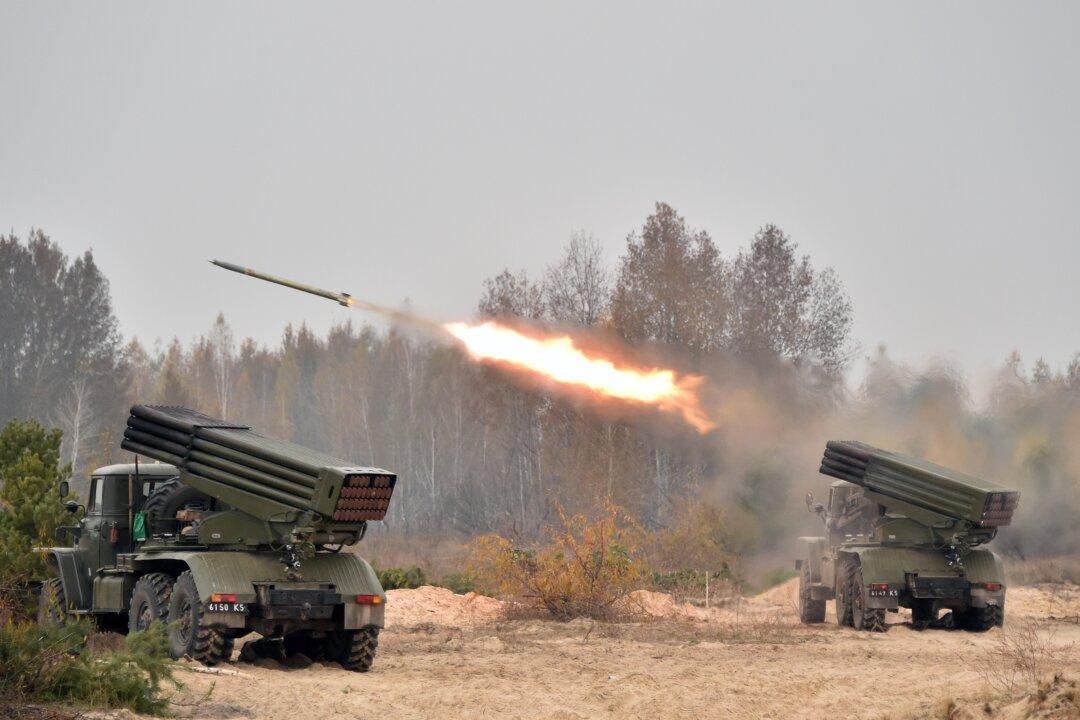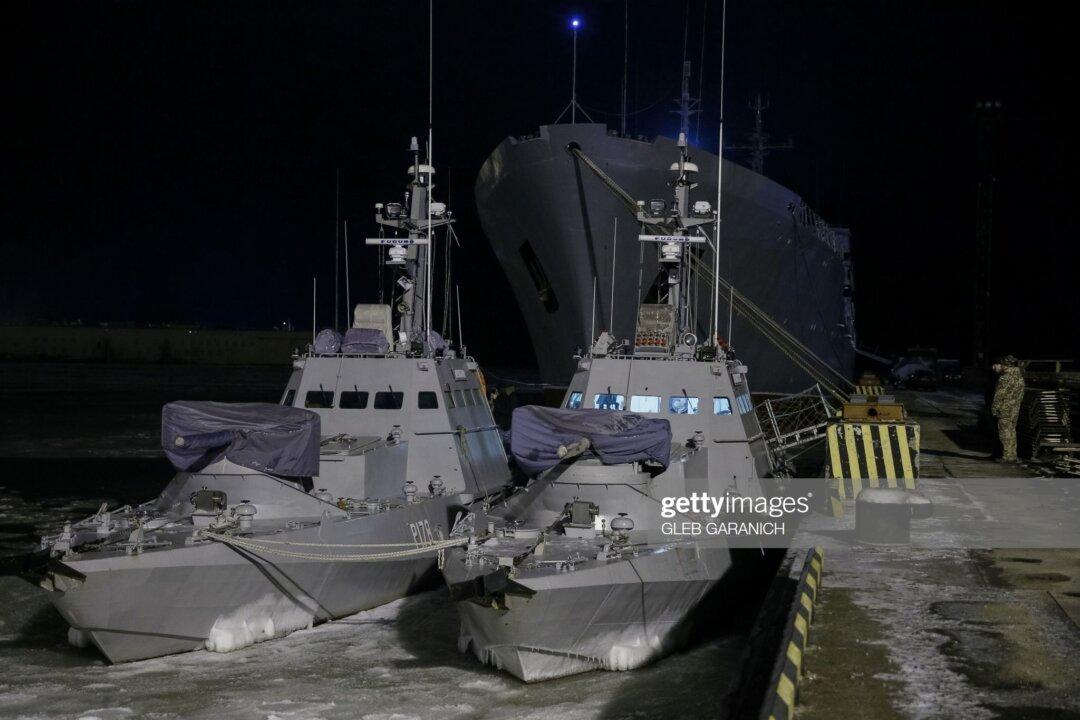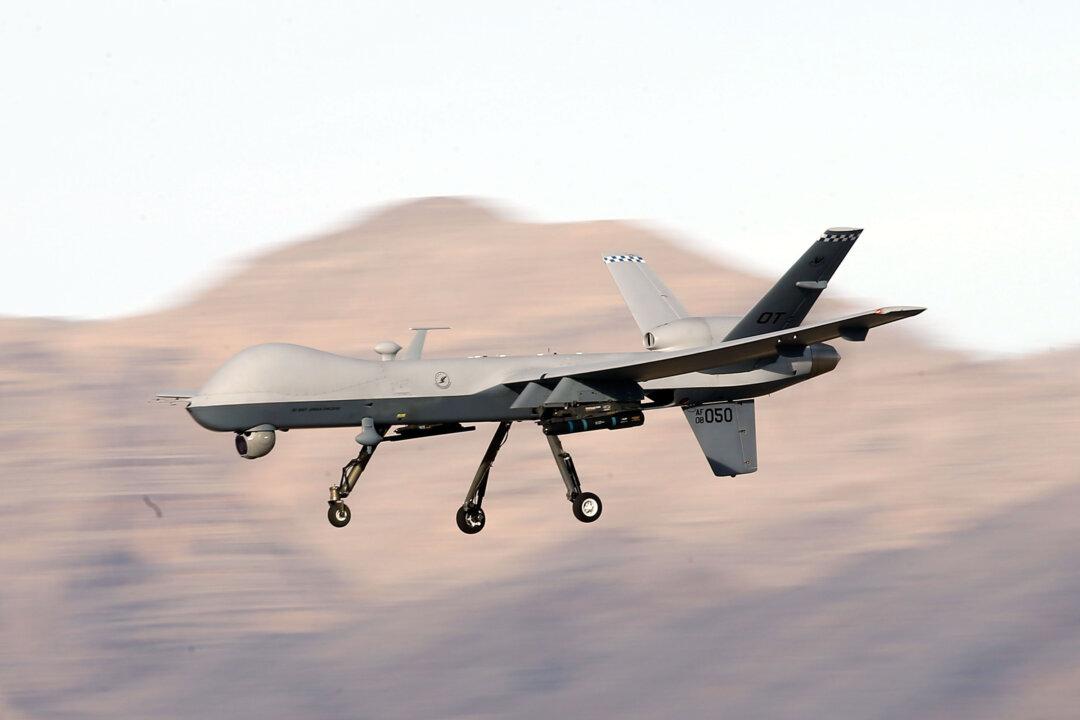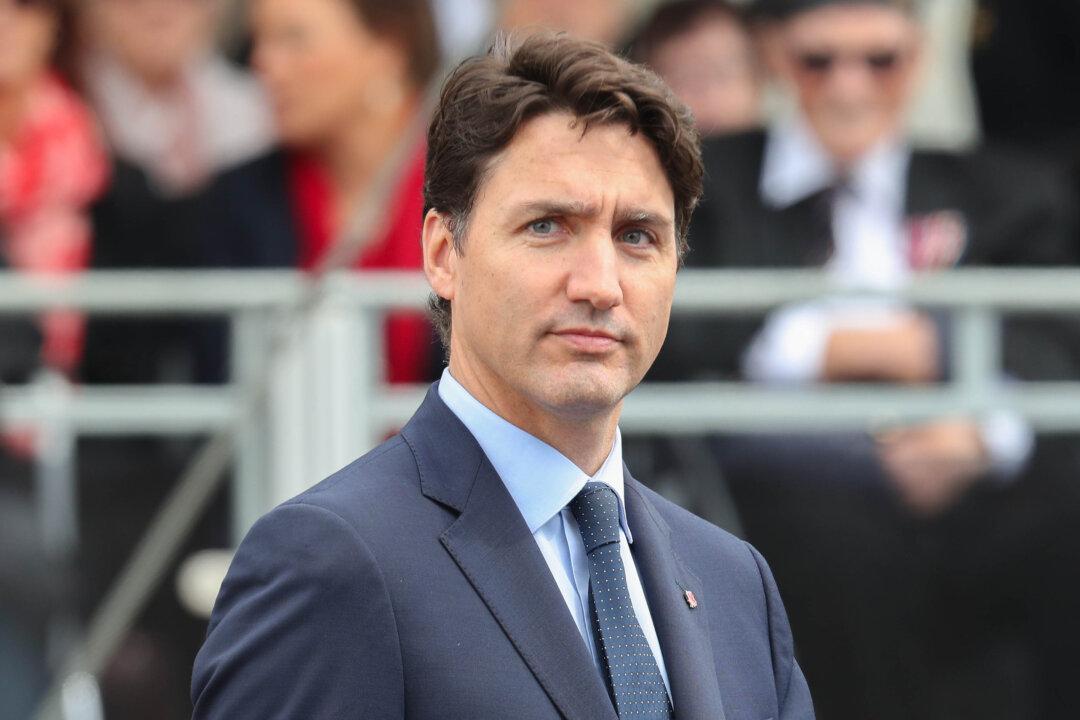Sometimes there is the impression that Western leadership can only hold one crisis in their minds at a time.
Thus on a regular basis, you have one “pin up” queen following another. There was “Miss Arab Spring” of 2011; “Miss Refugee Crisis of 2015” (still a contender); “Miss Iranian Nuke” of 2015; “Miss South China Sea Crisis” competing with “Miss North Korean Nukes” for 2016 honors; and the perennial favorite, “Miss Syrian Civil War” who is a real killer in the ratings. All but forgotten is yesteryear’s darling, “Miss Ukraine” of 2014.”
One has the impression that Western observers have put “Miss Ukraine” in the “too hard” box. That having struggled with the brutal reality of Russian revanchist seizure of Crimea and vainly attempted to flog Moscow into disgorging its aggressive conquest with the wet noodles of economic sanctions and “shame-shame” resolutions in various international fora, the West has elected to shrug its shoulders and look the other way.
After all to take action that would actually confront Putin/Moscow over its Crimea/Ukraine aggression might require “wet work” and body bags—activity for which NATO (acronym standing for “No Action; Talk Only”) recoils like a chicken confronting a fox.
But Ukraine is not a tertiary concern. It is a core country in Europe’s center—the largest country totally within Europe with a population of 44.5 million (including Crimea). At stake is Ukraine’s continued independence and democratic government.
To quickly review the bidding, Ukraine became independent following the USSR collapse in 1990. Subsequently, it struggled with economic collapse and political corruption; however, it steadily sought stronger ties with the EU and NATO.
In November 2013, however, then-president, Viktor Yanukovych, began moving away from an association agreement under negotiation with the EU, instead choosing to move closer to Russia. Infuriated Ukrainians, in a series of demonstrations/riots (Euromaidan protests) in February 2014, ultimately drove out Yanukovych and subsequently elected Petro Poroshenko as president—a position that he continues to retain,
Prompted by the eviction of its lackey Yanukovych, Moscow moved to seize Crimea—an action it “legitimized” with a risible referendum/annexation in March 2014—denounced by the United Nations General Assembly as illegal (and predictably ignored by Putin/Moscow).
Simultaneously, Russia continued pressure on Ukraine with “little green men” (ostensibly, plausibly deniable Russian military) invading areas in eastern Ukraine with pro-Russian separatists seizing territory and creating “governments” independent of Kiev.
During the last 2½ years, there have been multiple truces and ceasefires, which have qualified as reloading breaks rather than conflict enders; the most recent of which, implemented in December, was being violated in mid-January.
For their part, Europeans have imposed limited economic sanctions on Russia, which are less and less popular with key countries such as France, where the opportunity to resume profitable exchanges with Moscow is more popular than feckless and ineffective sanctions. (Another illustration of capitalist willingness to sell their prospective hangmen the rope.) When sanctions are next up for renewal in May, there is a good chance they will be abandoned.
For its part, Ukrainian leadership is attempting to move toward closer alignment with the EU and NATO. For example:
In January 2016, Ukraine joined the Deep and Comprehensive Free Trade Area with the European Union, to modernize and develop Ukraine’s economy, governance, and rule of law to EU standards;
In May 2016, President Poroshenko signed a “Strategic Defense Bulletin” to revamp Ukraine’s military doctrine, training, and operations to NATO standards by 2020.
The West needs, however, to refocus. Russian revanchism, of which Crimea/Ukraine is only the proximate case, will continue until comprehensively rebuffed.
- The EU must renew its sanctions in May. Effects may be arguable, but one can be sure that Moscow would prefer them eliminated;
- The West must continue to press Kiev for economic reform and action against corruption. Only such national politico-social success will seal Ukrainian commitment to democracy;
- Ukrainian military “push back” should be encouraged. Theoretically, Ukraine has the second largest military in Europe (only Russia’s is larger). Moreover, the Russian military is not the Soviet Red Army of the 1980s, poised to crash tank armies through the Fulda Gap. It has some small units of “Special Forces” or “Delta” type excellence, but not the massive armored formations of the past. Intensive NATO-directed training could, at a minimum, clear eastern Ukraine of Russian surrogates. Crimea would then be another question.
The Ukraine challenge is not ambiguous. It does, however, require steadfast Western response to support a worthy ally.
David T. Jones is a retired U.S. State Department senior foreign service career officer who has published several hundred books, articles, columns, and reviews on U.S.–Canadian bilateral issues and general foreign policy. During a career that spanned over 30 years, he concentrated on politico-military issues, serving as adviser for two Army chiefs of staff. Among his books is “Alternative North Americas: What Canada and the United States Can Learn from Each Other.”





